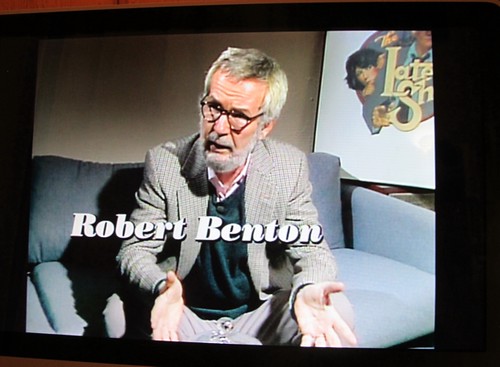
The world of cinema mourns the passing of Robert Douglas Benton, an esteemed American film director and screenwriter, who died peacefully at his home in Manhattan on May 11, 2025, at the age of 92. Benton, a three-time Academy Award winner, leaves behind a remarkable body of work that shaped American filmmaking, from the rebellious spirit of “Bonnie and Clyde” to the poignant domestic drama of “Kramer vs. Kramer.” His career spanned decades, marked by a distinctive blend of sharp storytelling, deep character insight, and an unparalleled ability to draw out profound performances from his actors.
A Texan by birth, Benton’s journey to becoming one of Hollywood’s most respected figures was an unconventional one, shaped by personal challenges and an insatiable love for narrative. His unique perspective, often rooted in his own life experiences and a keen observation of human relationships, resonated deeply with audiences and critics alike. He became synonymous with films that were both intellectually stimulating and emotionally resonant, earning him a place among the New Hollywood’s most influential voices.
This in-depth exploration delves into the foundational aspects of Robert Benton’s illustrious career, tracing his path from a dyslexic child finding solace in movies to an Oscar-winning maestro. We examine the key milestones that defined his artistic evolution, celebrating the films and collaborations that underscore his enduring impact on the cinematic landscape.

1. **From Texas Roots to Esquire’s Art Director: Robert Benton’s Early Life and Formative Years**Born in Dallas, Texas, on September 29, 1932, Robert Douglas Benton’s early life in Waxahachie, Texas, provided the rich, often unvarnished, backdrop for many of his future narratives. His parents, Dorothy (née Spaulding) and Ellery Douglass Benton, a telephone company employee, fostered an environment where, despite academic struggles, a deep appreciation for storytelling began to blossom. Benton later recalled his father’s habit of taking the family to the movies, a practice that, for the young Benton, became a crucial wellspring of narrative understanding.
Benton openly discussed his childhood battle with dyslexia, a condition largely unrecognized at the time. He recounted, “Nobody knew about dyslexia in those days,” and how it made reading a challenge, forcing him to seek alternative avenues for expression and learning. He found immense solace and identity in drawing, remarking, “But I could draw, and that uses the other side of the brain. So I drew and I drew and I drew. I took my identity off of that.” This visual aptitude, coupled with his father’s love for cinema, led him to conclude, “I learned narrative from movies, not books.” He pursued art at the University of Texas at Austin, graduating with a bachelor of fine arts in 1953, notably flunking his only creative writing class despite his eventual prowess as a screenwriter.
After serving two years in the U.S. Army, where he painted dioramas at Fort Bliss, Benton relocated to New York City, briefly attending Columbia University for a master’s degree in art history before dropping out. He then embarked on a career in publishing, joining the staff at Esquire magazine. There, he ascended to the position of art director in the early 1960s, a role that brought him into contact with David Newman, an editor at the publication. This meeting marked the beginning of a pivotal creative partnership that would soon leave an indelible mark on Hollywood. Benton and Newman even co-wrote “The IN and OUT Book” in 1959 and “Extremism: A Non-Book,” a 1964 political satire, during this period, showcasing their early collaborative spirit. He later revealed he was fired from Esquire, a catalyst that pushed him towards screenwriting.
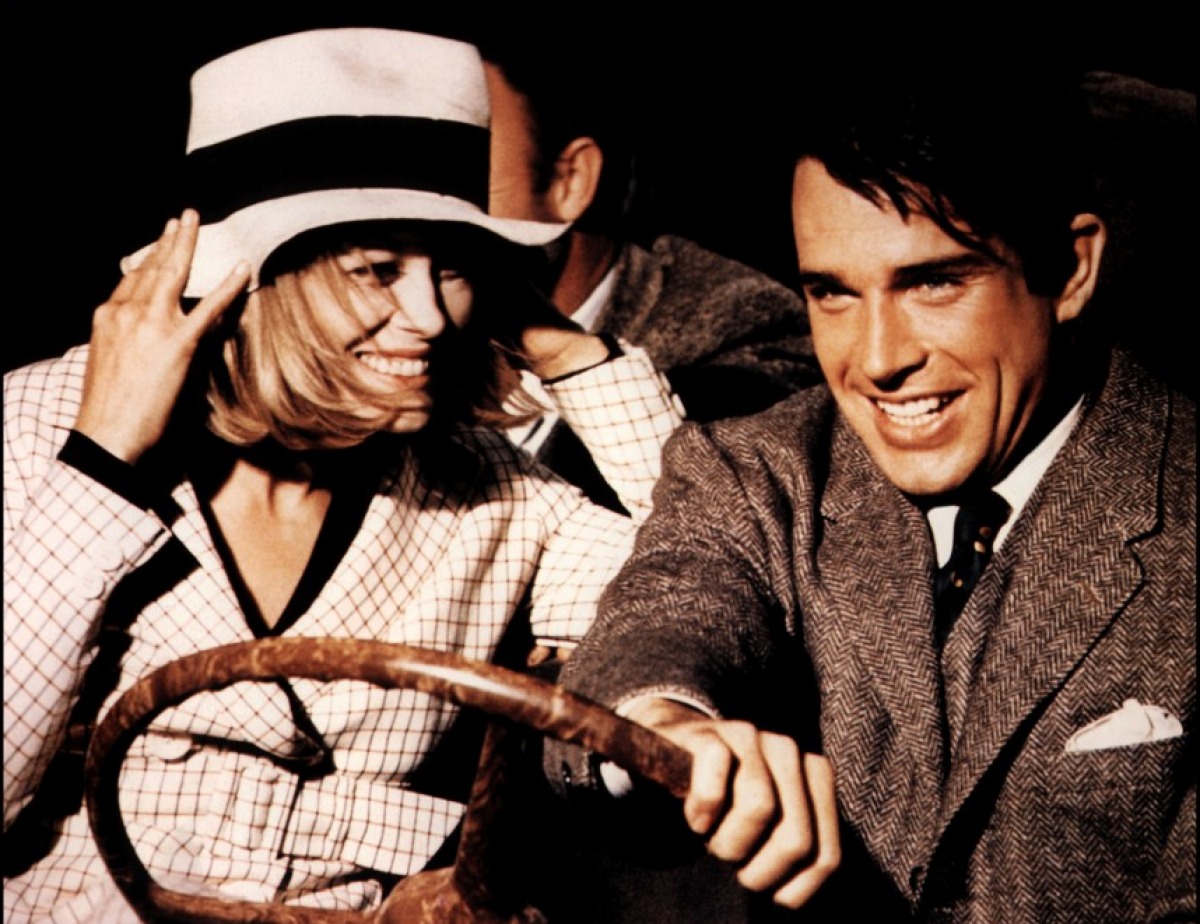
2. **The Groundbreaking Debut: Co-Writing “Bonnie and Clyde”**Robert Benton’s foray into the world of feature films began with a bang, as he, alongside his writing partner David Newman, penned the screenplay for the 1967 cinematic landmark, “Bonnie and Clyde.” The genesis of this iconic film stemmed from a seemingly minor detail—a footnote in a John Toland book on John Dillinger, describing Bonnie Parker and Clyde Barrow as not merely outlaws, but “outcasts.” This phrase resonated deeply with Benton, whose father had even attended the real gangsters’ funerals in 1934 in Dallas.
The duo embarked on extensive research, blending historical facts with their own creative interpretations to craft a “French New Wave movie set in America about Bonnie Parker and Clyde Barrow.” Their original vision was notably audacious, even portraying Clyde Barrow as bisexual and involved in a complex three-way relationship with Bonnie and their male getaway driver. However, this daring aspect, among others, was ultimately modified during production by Warren Beatty and director Arthur Penn, with uncredited script changes made by Robert Towne. Benton later reflected on the shifting authorship, stating, “I honestly don’t know who the ‘auteur’ of ‘Bonnie and Clyde’ was.”
The script faced a long journey to the screen, with acclaimed French directors François Truffaut and Jean-Luc Godard both expressing interest before passing on the project. It languished for almost five years until Warren Beatty acquired it for $10,000, stepping in as both producer and star alongside Faye Dunaway as Bonnie. Upon its release, “Bonnie and Clyde” initially provoked controversy due to its shocking violence, but it quickly overcame initial critical resistance to become a cultural touchstone of the 1960s. The film garnered ten Academy Award nominations, including Benton’s first for Best Original Screenplay, and effectively launched him into the spotlight of a new, more adventurous era in Hollywood filmmaking.
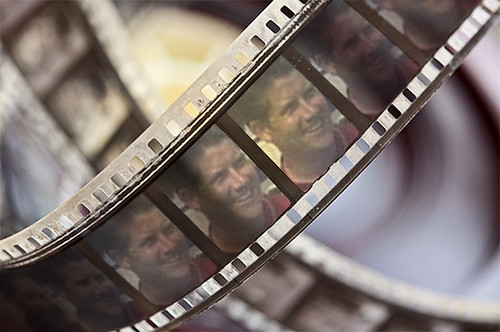
3. **A Potent Creative Alliance: The Collaboration with David Newman**Central to Robert Benton’s early and sustained success in Hollywood was his prolific and enduring collaboration with fellow Esquire alumnus David Newman. Their partnership began at the magazine, where Newman was an editor, and blossomed into a formidable screenwriting team. Together, they spent a decade meticulously crafting spec scripts, tirelessly working to break into the film industry. Their shared vision and complementary talents laid the groundwork for a series of projects that pushed creative boundaries and challenged conventional storytelling.
Beyond their early books like “The IN and OUT Book” and “Extremism: A Non-Book,” Benton and Newman ventured into theater, notably writing the book for the 1966 Broadway musical “It’s a Bird…It’s a Plane…It’s Superman.” While the musical itself was not a commercial success, it showcased their versatility and willingness to explore different narrative mediums. It was, however, their cinematic collaboration on “Bonnie and Clyde” that truly cemented their reputation as innovative screenwriters. This breakthrough project not only earned them critical acclaim and an Oscar nomination but also provided the momentum for their subsequent work.
Their partnership continued through the 1970s, producing screenplays for films such as Joseph L. Mankiewicz’s “There Was a Crooked Man…” (1970) and Peter Bogdanovich’s screwball comedy “What’s Up, Doc?” (1972), which they co-wrote with Buck Henry. They also shared screenwriting credit, alongside Mario Puzo and Leslie Newman, on the 1978 blockbuster “Superman.” This period of intense collaboration was foundational for Benton, influencing his eventual move into directing. David Newman himself observed that Benton’s directorial debut, “Bad Company,” was “about our friendship and our decision to direct,” underscoring the profound personal and professional synergy that defined their work together until Newman’s passing in 2003.
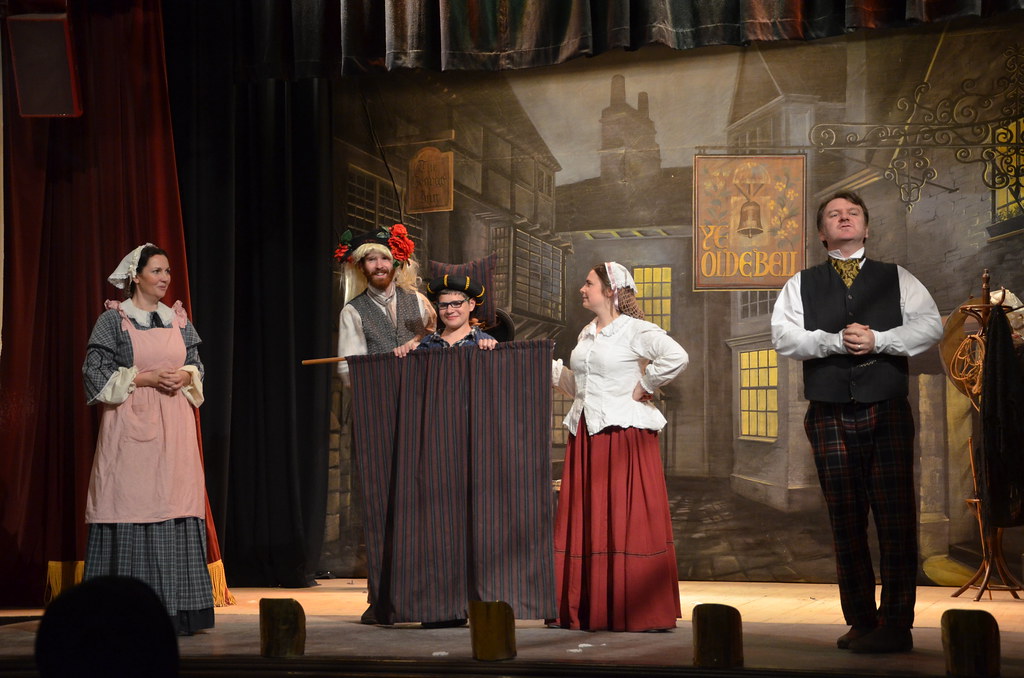
4. **Taking the Reins: Benton’s Directorial Debut with “Bad Company” (1972)**While Robert Benton first gained acclaim as a screenwriter, the ambition to direct soon took hold, spurred in part by his creative partner David Newman’s similar aspirations. Encouraged by Paramount Pictures president Stanley Jaffe, Benton made his directorial debut with the 1972 film “Bad Company,” which he also co-wrote with Newman. This marked a significant transition in his career, moving him from exclusively crafting narratives on paper to bringing them to life visually.
“Bad Company” was an offbeat Western, a revisionist take on the genre set during the Civil War, and starred Jeff Bridges and Barry Brown. It offered a unique, darker interpretation of the traditional Western narrative, drawing comparisons to an adaptation of Oliver Twist. The film was warmly received by critics, who appreciated its distinctive tone and performances. However, despite critical praise, it struggled to find a commercial audience. Jeff Bridges famously noted that the film “made zip at the box office,” a commercial disappointment that, in Benton’s own words, “set back his directing career for a few years.”
Despite its muted box office performance, “Bad Company” was a crucial stepping stone for Benton. It allowed him to explore the complexities of human relationships and moral ambiguities, themes that would become hallmarks of his later work. The film was also, as David Newman eloquently put it, “about our friendship and our decision to direct,” highlighting the personal connection Benton brought to his early forays behind the camera. It demonstrated his nascent talent for guiding actors and shaping a story from behind the lens, proving that his vision extended beyond the written word.

5. **A Melancholy Masterpiece: The Acclaimed “The Late Show” (1977)**Following the commercial struggles of his directorial debut, “Bad Company,” Robert Benton found his footing with his second directorial effort, the 1977 film noir classic “The Late Show.” This project saw him not only direct but also pen the screenplay, a testament to his growing confidence and command over both aspects of filmmaking. The film was produced by the renowned Robert Altman, lending a significant artistic endorsement to Benton’s vision.
“The Late Show” starred Art Carney as Ira Wells, an elderly, ailing private investigator, and Lily Tomlin as Margo Sperling, an eccentric, pot-smoking woman who hires him. Benton crafted a “tongue-in-cheek detective yarn” that expertly blended classic film noir tropes with a melancholic, character-driven narrative. The film garnered Benton his second Academy Award nomination for Best Original Screenplay, showcasing his continued strength as a writer, and also earned him an Edgar Award for Best Motion Picture Screenplay in 1978. It was further recognized with a nomination for the Golden Bear at the Berlin International Film Festival.
While “The Late Show” achieved only modest commercial success, performing “slightly better” than “Bad Company,” its critical reception was overwhelmingly positive. Reviewers praised its sharp dialogue, its distinctive atmosphere, and the memorable performances by Carney and Tomlin. David Newman, Benton’s long-time collaborator, insightfully noted that “The Late Show” was, in many ways, “about his father,” suggesting a deeply personal connection that infused the narrative with a profound emotional depth. This film cemented Benton’s reputation as a director capable of infusing genre pieces with rich character studies and a unique, contemplative style.
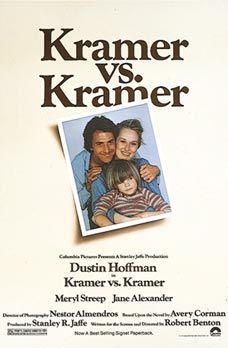
6. **Oscar Triumph: “Kramer vs. Kramer” (1979)**Robert Benton’s career reached an unprecedented zenith with the release of his 1979 drama, “Kramer vs. Kramer.” This adaptation of Avery Corman’s novel transformed Benton into a major force in Hollywood, earning him widespread critical acclaim and an array of prestigious awards. The film delves into the emotionally charged landscape of a divorce and its profound impact on a family, particularly a father and his young son.
“Kramer vs. Kramer” starred Dustin Hoffman as Ted Kramer, a self-absorbed advertising executive who is forced to become a primary caregiver after his wife, Joanna, portrayed by Meryl Streep in a star-making performance, walks out. The narrative intimately follows Ted’s struggle to adapt to his new responsibilities and his eventual transformation into a loving, capable parent, only to face a custody battle when Joanna returns. Benton found himself in “unfamiliar territory,” as he described it, working without the action or gunplay of his previous films, yet he “fell in love with the source material” for its deep human resonance. The script, which he also penned, was profoundly personal, reflecting his own experiences as a husband and father. He once remarked, “It’s the way I have breakfast with my son every morning. We don’t say anything, and it’s one of the happiest events in my life,” illustrating the intimate connection he felt to the film’s themes of family and fatherhood.
The film was an overwhelming critical and commercial success, grossing over $100 million and becoming the highest-grossing film of the year. It garnered an impressive nine Academy Award nominations and ultimately won five Oscars: Best Picture, Best Director for Benton, Best Adapted Screenplay for Benton, Best Actor for Dustin Hoffman, and Best Supporting Actress for Meryl Streep. Hoffman, who was reportedly disenchanted with the film business at the time, credited Benton’s direction with reviving his passion for movie acting. Roger Ebert lauded Benton’s meticulous attention to dialogue, noting how “his characters aren’t just talking to each other, they’re revealing things about themselves and can sometimes be seen in the act of learning about their own motives,” which made the film so profoundly touching. The triumph of “Kramer vs. Kramer” solidified Benton’s status as a master storyteller with a keen understanding of the human condition.

7. **A Hitchcockian Turn: “Still of the Night” (1982)** Following the monumental success of “Kramer vs. Kramer,” Robert Benton ventured into a distinctly different genre with his 1982 film, “Still of the Night.” This literate thriller, which he also wrote, cast Meryl Streep and Roy Scheider in a sophisticated, Hitchcockian mystery. The film was a deliberate departure from the domestic drama that had brought him his most significant accolades, showcasing his versatility and willingness to explore diverse narrative terrains.
Following the monumental success of “Kramer vs. Kramer,” Robert Benton ventured into a distinctly different genre with his 1982 film, “Still of the Night.” This literate thriller, which he also wrote, cast Meryl Streep and Roy Scheider in a sophisticated, Hitchcockian mystery. The film was a deliberate departure from the domestic drama that had brought him his most significant accolades, showcasing his versatility and willingness to explore diverse narrative terrains.
While “Still of the Night” did not replicate the commercial or critical triumph of its predecessor, its muted reception allowed Benton to further refine his directorial voice in the thriller genre. The film highlighted his continued interest in psychological depth and complex human relationships, even within a suspenseful framework. It underscored that Benton’s storytelling sensibilities extended beyond any single genre, always prioritizing character and emotional truth, albeit sometimes to varying degrees of audience reception.
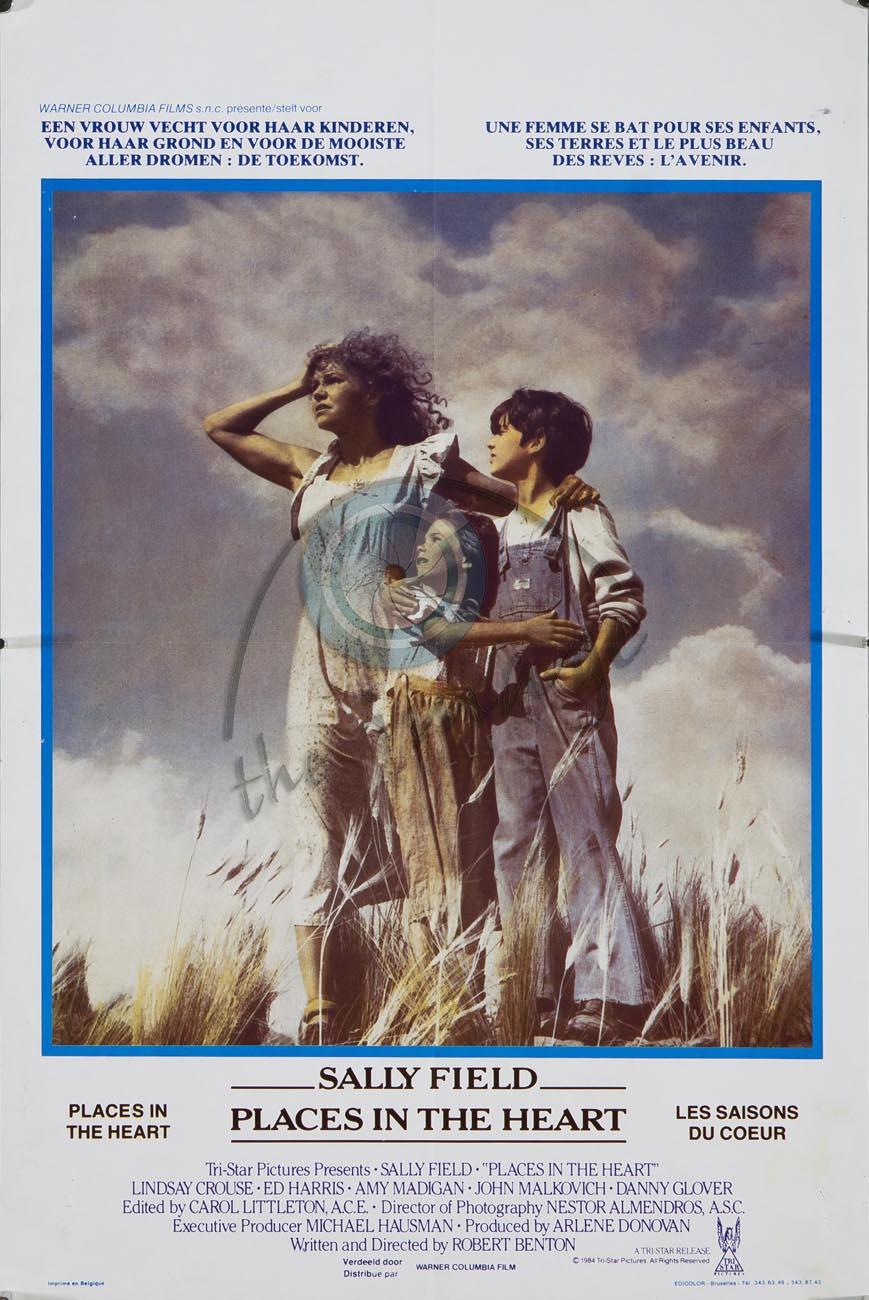
8. **A Personal Epic: “Places in the Heart” (1984)** Robert Benton returned to his Texas roots and delivered another Oscar-winning masterpiece with the deeply personal 1984 drama, “Places in the Heart.” Drawing directly from family stories and childhood memories of his hometown, Waxahachie, Benton crafted an autobiographical saga set during the Great Depression. The film stars Sally Field as Edna Spalding, a widow fighting to save her family farm, bringing a raw, resilient performance that resonated with audiences and critics alike.
Benton’s screenplay for “Places in the Heart” earned him his third Academy Award, this time for Best Original Screenplay, further cementing his reputation as a formidable writer. The film’s narrative explored themes of community, resilience, and the formation of unconventional families in the face of adversity. Sally Field’s powerful portrayal of Edna earned her the Best Actress Oscar, adding to Benton’s impressive track record of guiding actors to award-winning performances. The film also garnered Benton a nomination for Best Director and won the Silver Bear for Best Director at the Berlin International Film Festival, underscoring its profound critical impact. He saw the film as a tribute to his mother, who had passed away just before “Kramer vs. Kramer” was released, imbuing it with a deeply personal resonance.
The narrative of “Places in the Heart” exemplified Benton’s belief that “we are family-making animals,” expanding the definition of family beyond traditional marriages or blood relations. It depicted how a makeshift family — comprising Edna, her two children, a blind boarder, and a Black drifter who teaches her to cultivate cotton — formed out of necessity and mutual support. This poignant exploration of human connection and survival resonated deeply, portraying a family that, despite being torn apart, would always find a way to endure. The film beautifully captured the essence of his primary relationships and the profound impact of his upbringing in Waxahachie on his storytelling.

9. **Navigating Historical Drama and Literary Adaptation: “Billy Bathgate” (1991)** Robert Benton undertook a significant literary adaptation with his 1991 film “Billy Bathgate,” based on E.L. Doctorow’s acclaimed novel. This 1930s gangster film reunited him with Dustin Hoffman, who starred alongside Loren Dean, Nicole Kidman, and Bruce Willis. The film represented an ambitious delve into a historical period and a complex narrative, further demonstrating Benton’s range as a director.
Robert Benton undertook a significant literary adaptation with his 1991 film “Billy Bathgate,” based on E.L. Doctorow’s acclaimed novel. This 1930s gangster film reunited him with Dustin Hoffman, who starred alongside Loren Dean, Nicole Kidman, and Bruce Willis. The film represented an ambitious delve into a historical period and a complex narrative, further demonstrating Benton’s range as a director.
Despite the prestigious source material and a stellar cast, “Billy Bathgate” proved to be a critical and commercial disappointment, regarded by some as a “box office bomb.” This period of his career highlighted the inherent risks and challenges of filmmaking, even for an Oscar-winning director. However, it also underscored Benton’s artistic fearlessness, his willingness to tackle complex narratives and bring literary works to the screen, regardless of the commercial outcome.
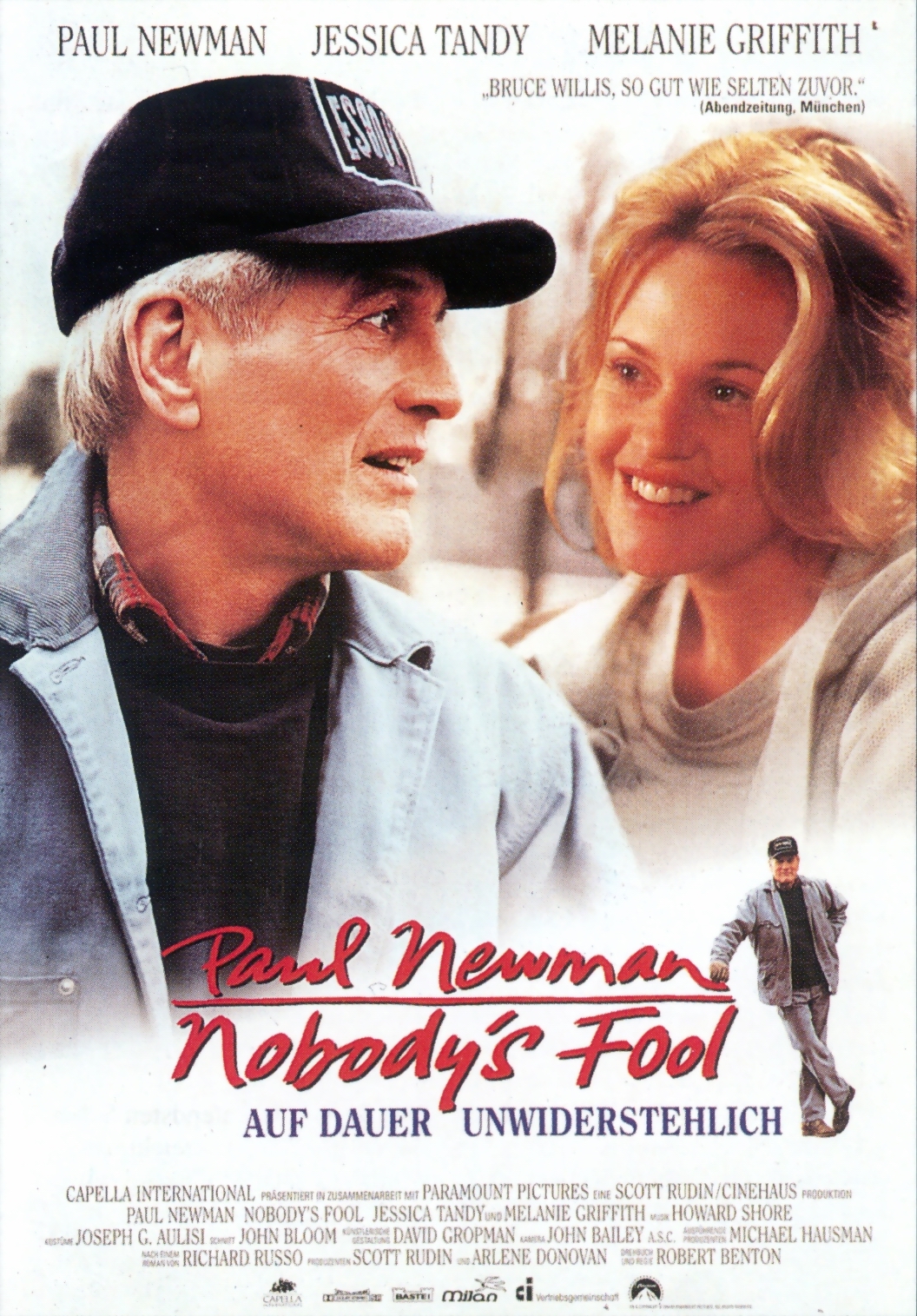
10. **A Return to Form: “Nobody’s Fool” (1994)** Robert Benton experienced a resurgence of critical and commercial success with the 1994 wry comedy-drama, “Nobody’s Fool.” Adapted from Richard Russo’s novel, which Benton also co-wrote the screenplay for, the film starred Paul Newman in an acclaimed, Oscar-nominated performance as Sully, an aging, small-town troublemaker in upstate New York. This marked another triumph for Benton as an “actor’s director,” eliciting one of Newman’s most beloved later career roles.
“Nobody’s Fool” garnered Benton another Academy Award nomination for Best Adapted Screenplay, a testament to his continued prowess as a writer who could beautifully translate nuanced literary works to the screen. The film’s focus on ordinary lives, community dynamics, and the quiet dignity of its characters resonated deeply, reflecting Benton’s consistent interest in human relationships and the subtle complexities of everyday existence. Its success reaffirmed his ability to create emotionally rich and authentic cinematic experiences, earning critical praise and performing well at the box office. This collaboration with Richard Russo marked the beginning of a fruitful partnership, as they would co-write four films together, showcasing a shared sensibility for character-driven narratives.
_poster.jpg)
11. **Autumnal Noir: “Twilight” (1998)** Robert Benton reunited with Paul Newman for the 1998 autumnal noir thriller, “Twilight,” which he also co-wrote. The film featured a seasoned cast including Gene Hackman and Susan Sarandon, bringing a mature and contemplative tone to the detective genre. “Twilight” further exemplified Benton’s fascination with mystery and the darker undertones of human nature, echoing some of the sensibilities from his earlier work like “The Late Show.”
While perhaps not as widely celebrated as some of his earlier triumphs, “Twilight” showcased Benton’s continued skill in guiding veteran actors through complex roles. It allowed him to explore themes of aging, redemption, and the lingering shadows of the past, offering a reflective take on the detective story. The film’s moody atmosphere and strong performances solidified Benton’s reputation for crafting intelligent, character-focused genre pieces, even in the later stages of his career.

12. **Adapting Philip Roth: “The Human Stain” (2003)** In 2003, Robert Benton tackled another challenging literary adaptation with “The Human Stain,” based on Philip Roth’s critically acclaimed novel. The film starred Anthony Hopkins and Nicole Kidman, delivering what many considered inspired performances under Benton’s direction. The narrative, a complex exploration of identity, race, and academic politics, allowed Benton to delve into profound social and personal themes.
Despite the strong performances, the casting of Anthony Hopkins, a white actor, in the role of Coleman Silk, a light-skinned Black man who has passed as white, sparked considerable debate and controversy. This decision overshadowed some of the film’s artistic merits for certain audiences. Nevertheless, “The Human Stain” showcased Benton’s unwavering commitment to adapting challenging and thought-provoking literature, continuing to push boundaries and engage with pertinent social issues through his cinematic lens.
Throughout his career, Robert Benton maintained a self-effacing humor and a deep respect for his craft and his collaborators. He often reflected on his philosophy, once stating, “The object is to keep on doing what you’re doing, and both great failure or great success can make that harder. The only thing that matters is just to keep on working.” This sentiment perfectly captures the essence of a filmmaker who, despite personal challenges and industry ebbs and flows, remained steadfast in his artistic pursuit, leaving behind a rich tapestry of films that continue to resonate for their honesty, intelligence, and profound humanity. His death leaves a void in the cinematic world, but his body of work stands as a testament to a life dedicated to the art of storytelling, forever enriching the landscape of American film.




